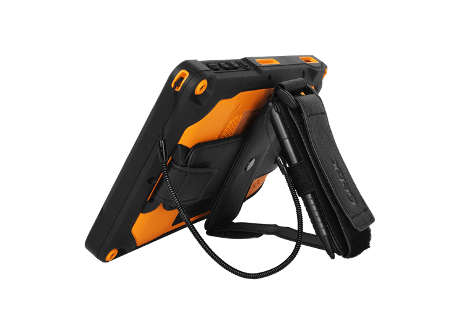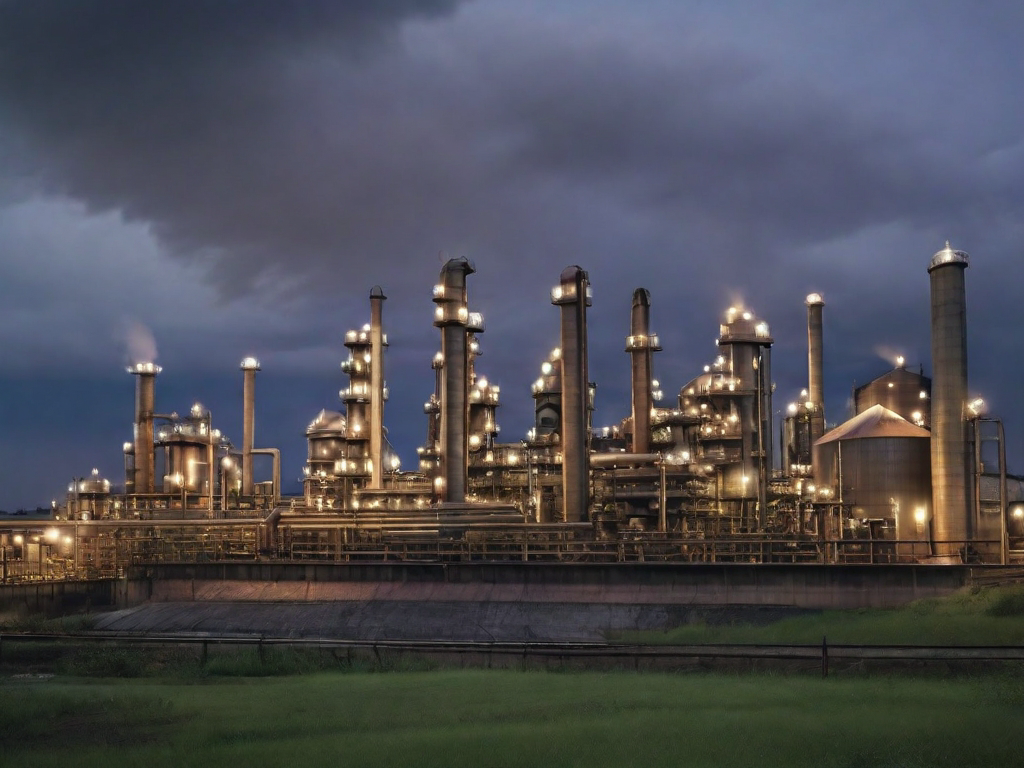When it comes to safety in hazardous environments, two terms often come to the forefront: intrinsically safe and explosion-proof. These terms refer to different types of safety equipment used in industries such as oil and gas, mining, and chemical processing. But what exactly do they mean, and how do they differ? In this article, we delve into the fundamental differences between intrinsically safe and explosion-proof equipment. This knowledge is crucial for professionals in these industries, and for those who supply them with safety equipment, like the Intrinsically Safe Store.
What is Intrinsically Safe Equipment?
Intrinsically safe equipment is designed to operate in potentially explosive atmospheres without causing ignition. It achieves this by limiting the energy, electrical and thermal, available for ignition. Examples of intrinsically safe equipment include gas detectors, transmitters, and sensors.
What is Explosion-Proof Equipment?
On the other hand, blast-resistant equipment is designed to prevent an internal explosion from causing a much larger, external explosion. It does this by containing any explosion within the device itself. Examples of explosion-proof equipment include junction boxes, lighting fixtures, and switches.
Key Differences Between Intrinsically Safe and Explosion-Proof Equipment
While both types of equipment aim to prevent explosions, they do so in fundamentally different ways. Here are the key differences:
- Method of Protection: Intrinsically safe equipment prevents an explosion by limiting energy to non-ignition levels. Explosion-proof equipment contains an explosion within the device.
- Maintenance: Intrinsically safe equipment can be maintained or repaired in a hazardous area without needing to be de-energized or removed. Explosion-proof equipment often requires de-energizing and removal from the hazardous area for maintenance or repair.
- Cost: While the initial cost of intrinsically safe equipment can be higher, the total cost of ownership can be lower due to easier and safer maintenance.
Choosing the Right Equipment
Choosing between intrinsically safe and explosion-proof equipment depends on several factors, including the nature of the hazardous area, the specific application, and cost considerations. It’s crucial to consult with a safety expert or a trusted supplier like the Intrinsically Safe Store to make the right choice.

Understanding the fundamental differences between intrinsically safe and explosion-proof equipment is crucial for safety in hazardous industries. While both types of equipment aim to prevent explosions, they do so in different ways and have different considerations for maintenance and cost. Always consult with a safety expert or trusted supplier when choosing safety equipment for hazardous areas.
If you’re looking for intrinsically safe or blast-resistant equipment, visit the Intrinsically Safe Store for a wide range of high-quality products. And if you have any questions or need further advice, don’t hesitate to contact us.


























